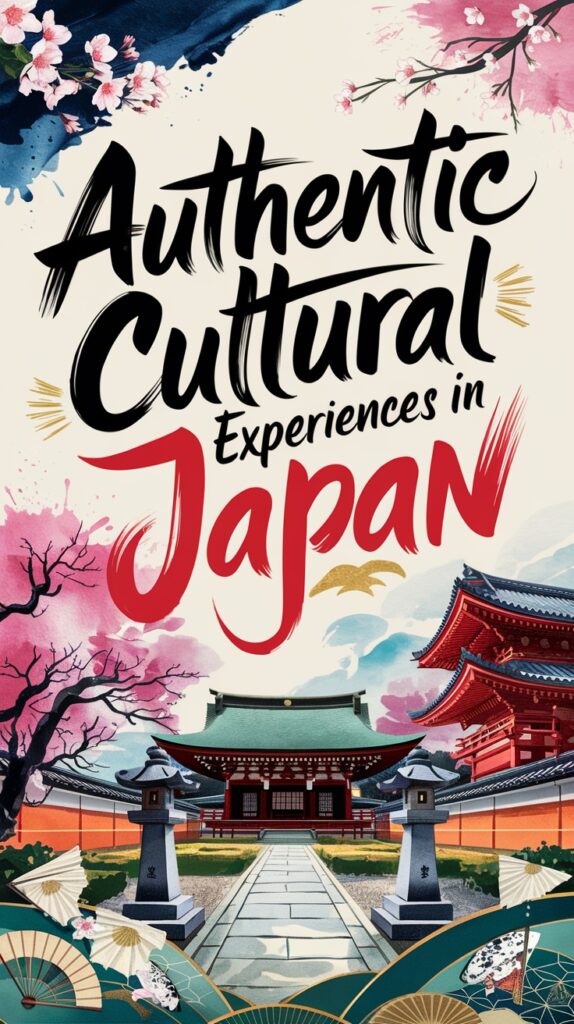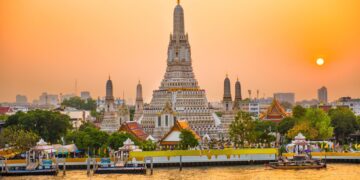Japan offers an extraordinary cultural odyssey where ancient traditions dance with modern innovations. Out of the lively spectacle of over 100,000 annual festivals to intricate crafts like bamboo weaving and origami, travelers can engage themselves in rich experiences that transcend typical tourism. Explore spiritual Shinto shrines, participate in tea ceremonies, savor kaiseki cuisine, and witness living traditions that have been carefully preserved for generations.
Whether you’re watching a mesmerizing Kabuki performance, celebrating cherry blossoms in spring, or experiencing the reverent Obon Festival, each moment reveals layers of Japanese cultural depth that promise to transform your understanding of this fascinating nation. Curiosity will reveal even more wonders.
Briefly keys
- Participate in traditional festivals like Gion Matsuri in Kyoto or Hirosaki Cherry Blossom, immersing yourself in centuries-old customs and vibrant cultural celebrations.
- Experience authentic tea ceremonies and calligraphy workshops, learning ancient artistic practices deeply rooted in Japanese spiritual and aesthetic traditions.
- Visit historic Shinto shrines and Buddhist temples, exploring sacred spaces that represent the spiritual connection between humanity and nature.
- Engage with traditional crafts like Nambu Tekki metalwork, Yuzen silk weaving, or origami, witnessing artisan techniques passed down through generations.
- Explore regional culinary traditions through kaiseki dining, local street food experiences, and seasonal cooking classes that reveal Japan’s rich gastronomic heritage.
Festival Magic Across Seasons
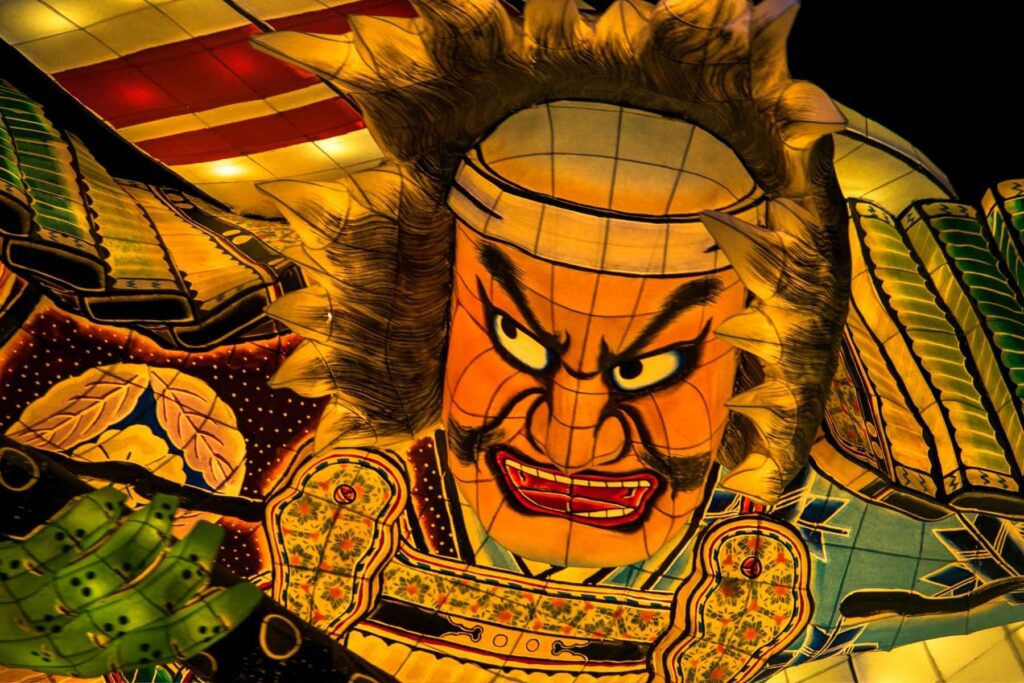
Japan’s lively festival calendar transforms the nation into a dynamic canvas of cultural celebration across every season. Out of the delicate plum blossoms of Mito to the thunderous floats of Aomori’s Nebuta Festival, each event offers a unique window into the country’s rich traditions. Spring festivals like the Hirosaki Cherry Blossom celebration showcase nature’s beauty, while summer brings electrifying events such as Gion Matsuri in Kyoto, where centuries-old customs come alive.
Autumn’s Owara Kaze no Bon Festival reveals the poetic side of Japanese culture, with elegant performances that honor historical narratives. These seasonal celebrations are more than mere events; they are living, breathing expressions of Japan’s cultural heartbeat, inviting visitors to experience the country’s profound connection to tradition, community, and the rhythmic passage of time. Notably, with over 100,000 annual festivals, Japan demonstrates an unparalleled commitment to preserving and celebrating its diverse cultural heritage through vibrant community gatherings.
Traditional Arts and Craftsmanship
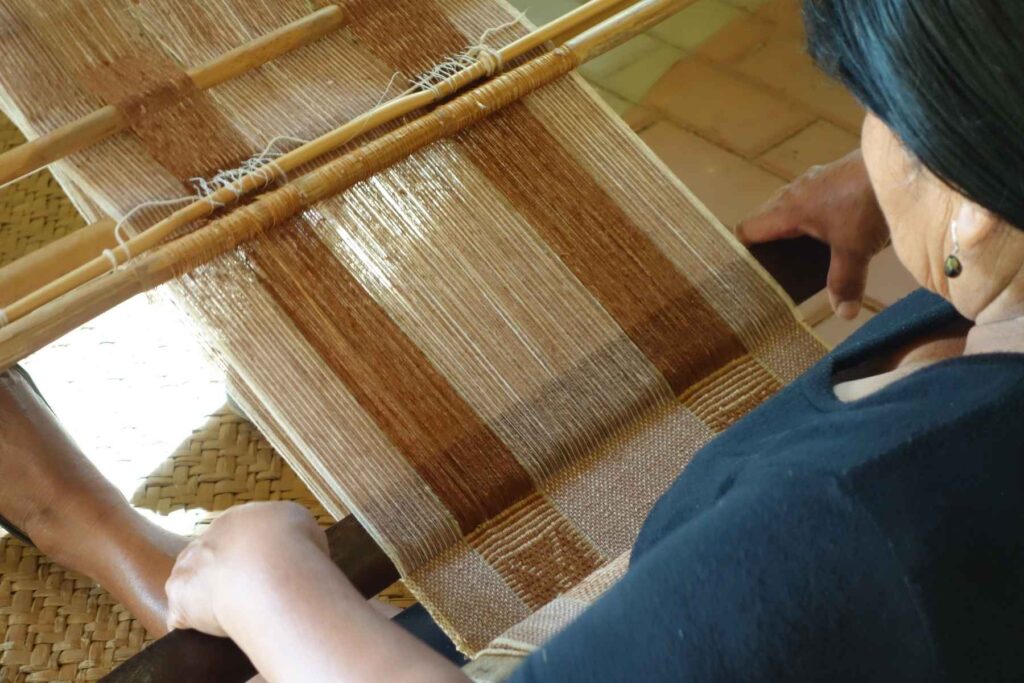
The lively festival traditions of Japan extend far beyond seasonal celebrations, finding profound expression in the nation’s intricate traditional arts and craftsmanship. Bamboo weaving techniques transform simple materials into exquisite objects like delicate insect cages and elegant tea whisks, while traditional textile patterns in Yuzen silk reveal generations of artistic expertise.
Out of the meticulous metalwork of Nambu Tekki to the delicate art of washi papermaking, each craft represents a cultural narrative passed down through centuries. Artisans like those recognized as Living National Treasures preserve these skills, ensuring that techniques like origami, lacquerwork, and complex pottery remain dynamic and meaningful.
These crafts are not merely decorative objects but living embodiments of Japanese heritage, connecting contemporary society with its rich historical roots through extraordinary skill and profound cultural significance. The Mingei movement emerged in the 1920s as a critical response to industrialization, championing the preservation of traditional craftsmanship and folk arts against the tide of modernization.
Mastering Japanese Social Etiquette
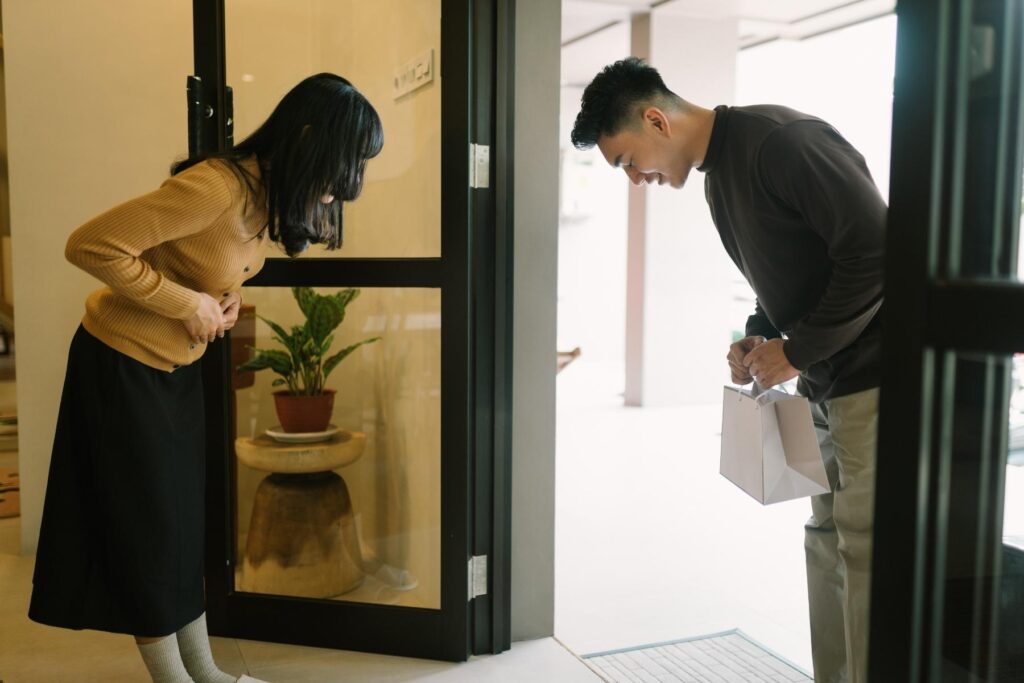
Although social interactions can vary widely across cultures, understanding Japanese social etiquette requires careful attention to nuanced behavioral expectations that prioritize harmony, respect, and collective consideration. The intricate social hierarchy deeply influences communication styles, where indirect communication and subtle non-verbal cues play significant roles in meaningful interactions. Respect manifests through deliberate practices like using honorifics, bowing appropriately, and maintaining a humble demeanor.
Whether in business meetings or casual encounters, Japanese etiquette emphasizes listening carefully, avoiding interruptions, and showing profound consideration for others’ feelings. Small gestures—like saying “itadakimasu” before meals, using minimal perfume, and apologizing frequently—reflect a cultural commitment to maintaining social harmony.
Public spaces like trains and restaurants demonstrate the profound Japanese commitment to collective mindfulness and mutual respect through unspoken behavioral guidelines that prioritize group comfort over individual convenience. These sophisticated social norms demonstrate a remarkable balance between individual expression and collective sensitivity, creating a uniquely respectful social landscape.
Culinary Journey Through Culture
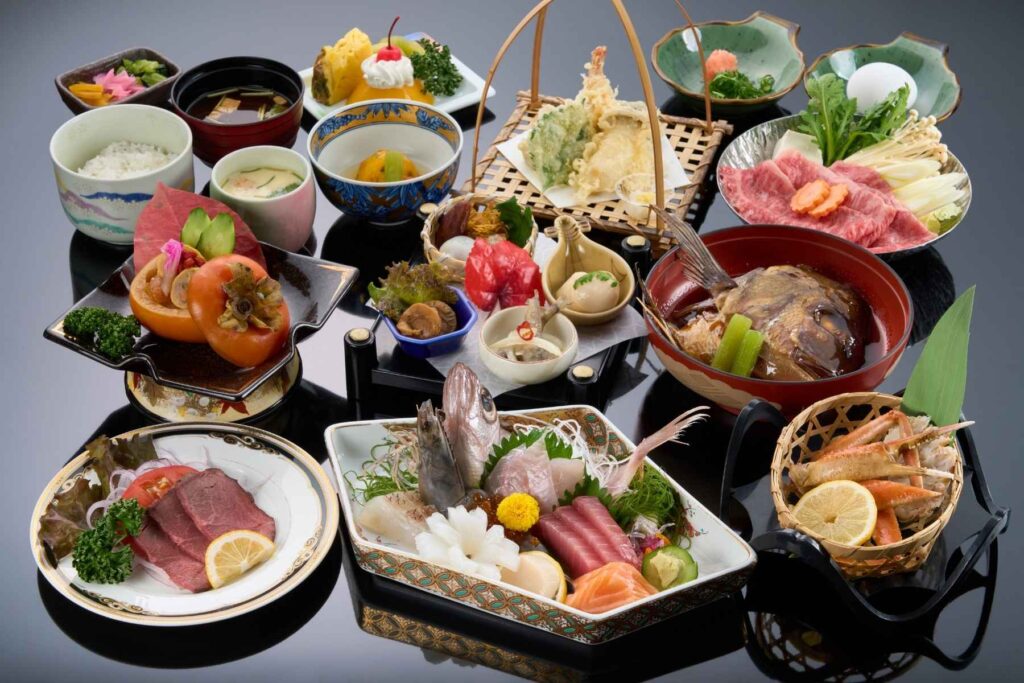
Delving into Japan’s culinary landscape reveals a profound cultural narrative deeply rooted in historical traditions, geographical influences, and meticulous culinary practices. From the delicate art of sushi making to the reverence for seasonal ingredients, Japanese cuisine transcends mere sustenance, embodying a rich mosaic of cultural expression.
The Yayoi Period’s introduction of rice fundamentally transformed Japan’s dietary foundations, establishing a culinary framework that would shape national identity for centuries to come. The intricate preparation methods, deeply influenced by Buddhist principles and centuries of culinary evolution, transform each meal into a sensory journey.
Traditional experiences like kaiseki dining and street food tours offer glimpses into Japan’s gastronomic heritage, where every dish conveys a narrative of regional identity and ancestral wisdom. Whether exploring the bustling markets of Tokyo or learning age-old cooking techniques, visitors discover that Japanese cuisine is a lively, living art form that continues to captivate and inspire global food enthusiasts.
Sacred Spaces and Spiritual Practices
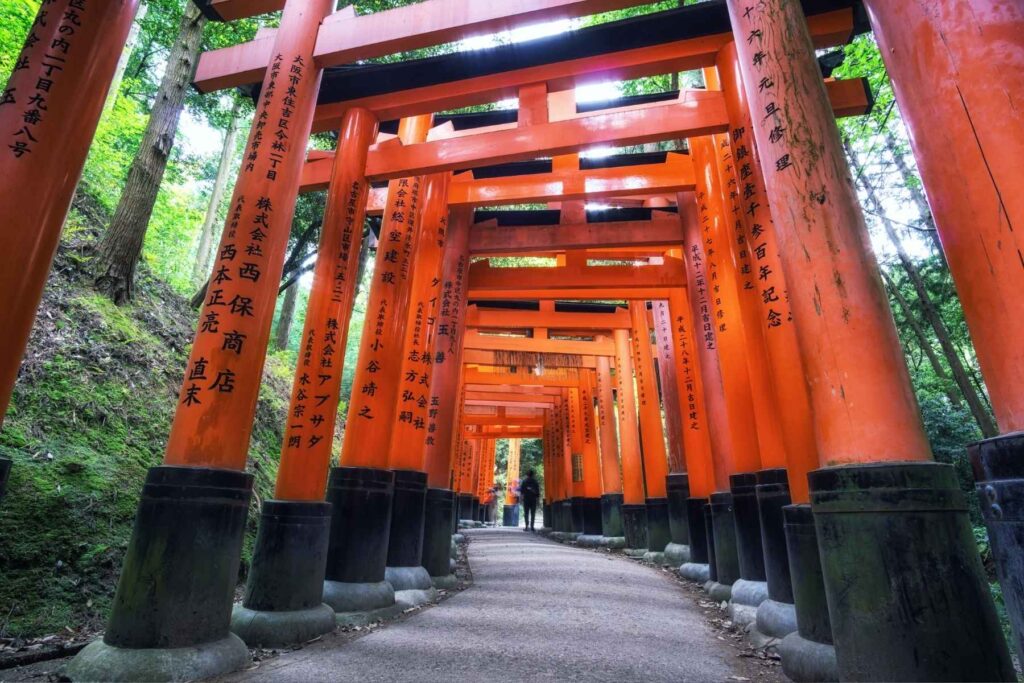
Spiritual sanctuaries punctuate Japan’s cultural landscape, revealing profound connections between physical spaces and metaphysical beliefs. Sacred rituals at Shinto shrines and Buddhist temples showcase a rich fabric of spiritual symbolism, where torii gates mark changes from mundane to divine spheres. Visitors engage in purification practices, bowing respectfully and offering prayers that bridge ancestral traditions with contemporary spiritual experiences.
Out of the vermilion-gated Fushimi Inari Taisha to the serene Meiji Shrine, these spaces embody a harmonious blend of religious practices where Shinto and Buddhist traditions coexist seamlessly. The intricate mandala pathways, mountain pilgrimages, and ceremonial practices reflect a deeply nuanced approach to spirituality that transcends mere religious observance, instead representing a profound cultural expression of connection between humanity, nature, and the divine.
Mountains, deeply revered in Japanese spiritual traditions, serve as sacred cosmic landscapes where ancient mountain worship practices of sangaku shinko demonstrate the profound spiritual significance of natural environments in Japanese religious understanding.
Modern Meets Ancient Traditions
The sacred spaces explored in Shinto shrines and Buddhist temples extend beyond static preservation, revealing a dynamic interplay between Japan’s deeply rooted traditions and contemporary innovations. Cultural fusion becomes evident in festivals like Gion Matsuri and Aomori Nebuta Matsuri, where traditional performances seamlessly incorporate modern technological elements. Festival innovations transform centuries-old celebrations, integrating digital ticket systems, multilingual guides, and contemporary artistic techniques while maintaining core cultural significance. Ancient religious practices continue to provide a profound spiritual foundation that connects modern Japanese society to its historical roots.
Modern Japanese architectural designs elegantly demonstrate this harmonious blend, strategically incorporating traditional materials and principles into urban landscapes. Ancient temples coexist with sleek modern buildings, symbolizing Japan’s unique ability to honor heritage while embracing progress. This delicate balance guarantees that cultural traditions remain lively, engaging, and relevant to younger generations, preserving the nation’s rich spiritual and artistic legacy.
People are Asking
How Much Does It Cost to Attend a Traditional Japanese Festival?
Festival ticket prices typically range from $14 to $30, with additional expenses for festival food costs averaging $6 per item. Prices vary by event, location, and specific offerings, so advance planning and budgeting are recommended for an enjoyable experience.
Are Foreign Tourists Allowed to Participate in Sacred Religious Ceremonies?
Over 20 million tourists annually explore Japan’s spiritual landscape. Foreign visitors can participate in sacred ceremonies with cultural sensitivity, respecting local customs at Shinto shrines and Buddhist temples while observing and engaging in traditional religious rituals.
Can I Learn Traditional Arts Without Speaking Fluent Japanese?
Language barriers need not hinder cultural immersion. Many traditional art workshops in Japan offer English instructions, visual demonstrations, and patient instructors who help non-Japanese speakers learn techniques through hands-on experiences and universal communication methods.
What Should I Do if I Accidentally Break Cultural Etiquette?
When breaking cultural etiquette, demonstrate cultural sensitivity by immediately acknowledging your mistake, offering a sincere apology, and showing a genuine willingness to learn. Etiquette guidance suggests humble, respectful behavior can help mitigate unintentional social missteps.
Is Photography Permitted During Traditional Performances and Cultural Events?
Photography guidelines typically restrict capturing traditional performances like Kabuki and Noh. Event etiquette emphasizes respecting performers and audience members, with most venues prohibiting photography to maintain the integrity of the cultural experience.
Wrapping up
Cultural experiences in Japan represent a profound journey of discovery, where tradition and innovation dance in harmonious dialogue. Like a carefully composed watercolor, these experiences blend historical depth with contemporary vibrancy. Understanding requires openness, curiosity, and respect. Each encounter offers a nuanced perspective, transforming travelers from mere observers to participants in a rich, evolving cultural narrative that continues to inspire and challenge global understanding.
